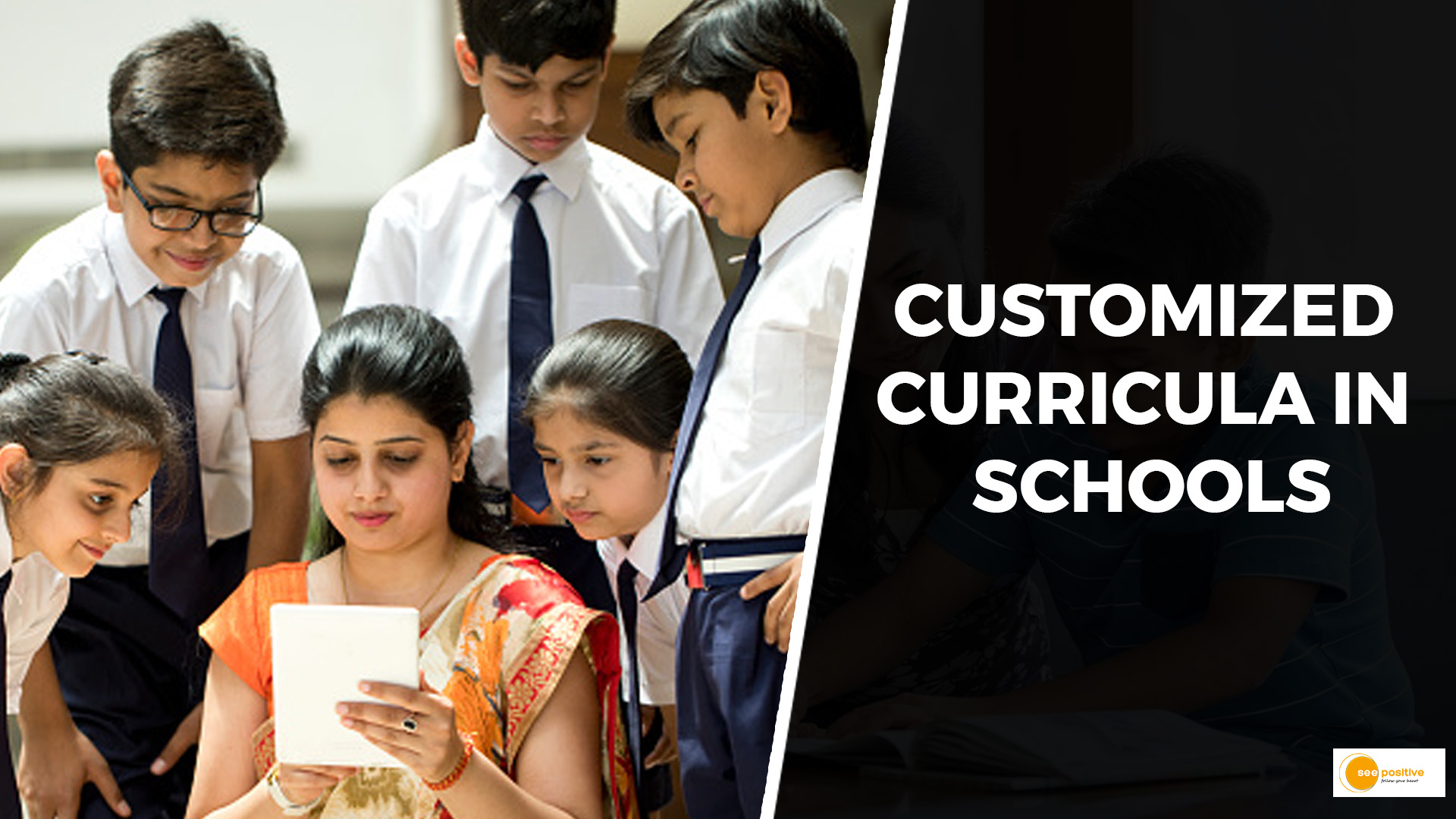In today’s rapidly evolving world, education must keep up. The old way of teaching the same thing to every student isn’t enough. Each student is unique, and their education should be, too.
What is Customized Curriculum?
A customized curriculum is a new approach to education. It’s about tailoring learning to each student’s needs, interests, and strengths. Technology plays a big part in making this happen.
Key Strategies for Customized Curricula
To make customized curricula work, we need to focus on three important things: teacher training, assessment, and technology integration.
Teacher Training: Teachers are at the heart of this change. They need to learn how to adapt to different learning styles, use technology, and give feedback to students.
Assessment and Evaluation: We need new ways to measure how well students are doing. It’s not just about tests. We need to look at things like critical thinking and social skills.
Technology Integration: Technology is a big part of customized learning. We need good tools in the classroom and support for using them effectively.
The Three Pillars of Futuristic Education
Customized learning is built on three important ideas: Brain & Behavioral Science, Entrepreneurial & Growth Mindset, and Social-Emotional Intelligence.
- Brain & Behavioral Science
Understanding how our brains work and how behavior affects learning is key. It helps teachers create better ways to teach and helps students learn better.
- Entrepreneurial & Growth Mindset
We want students to think like entrepreneurs and leaders. This means being creative, open to change, and not afraid of failure.
- Social-Emotional Intelligence (SEL)
In our connected world, social and emotional skills are really important. SEL helps students understand their feelings, build good relationships, and adapt to changes in technology.
Practicality in Classrooms
Customized learning might seem hard with big class sizes, but technology can help. It can track students’ progress and suggest personalized learning paths. Students can also learn from each other in groups.
Government Support and Public-Private Partnerships
We need government support to make customized learning work. Teachers need training, and schools need good technology. Public-private partnerships can help bridge the gap.
Adapting to Change
Changing the way we teach isn’t easy, but it’s necessary. Schools can use ready-made curriculum solutions to make the shift. We must embrace personalized learning to prepare students for the future.
Conclusion
Customized curricula are the future of education. They give each student their path to success, no matter where they are. By focusing on these three pillars, we can help students thrive in a changing world.


